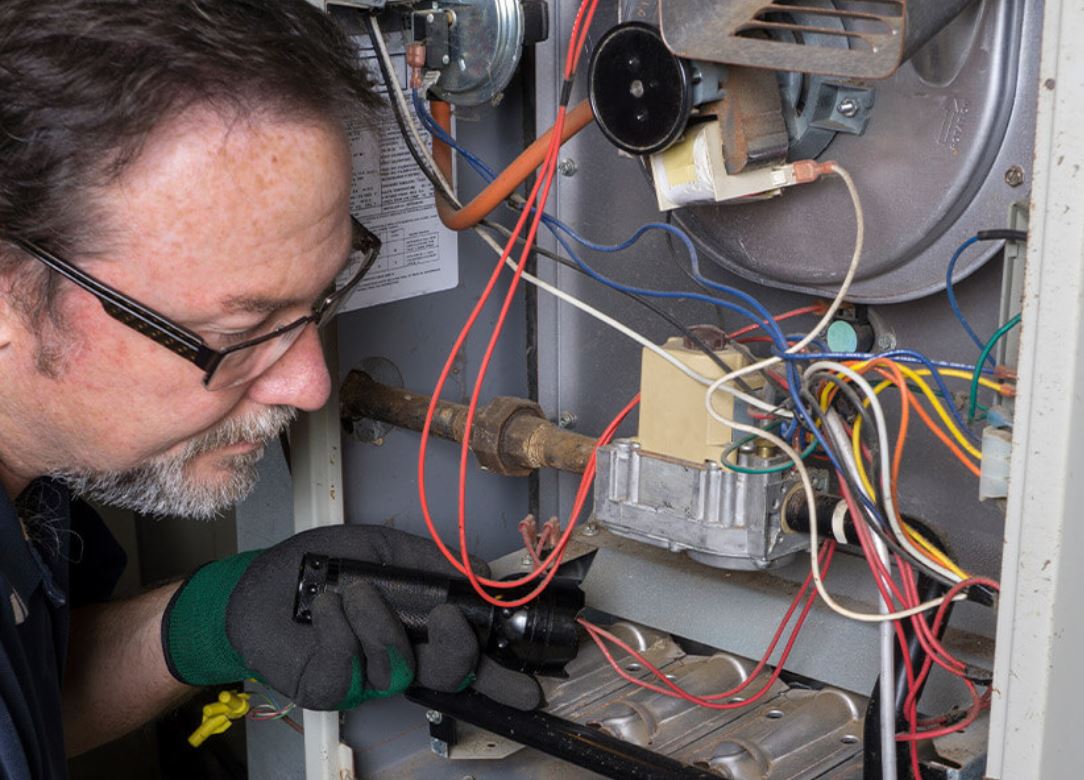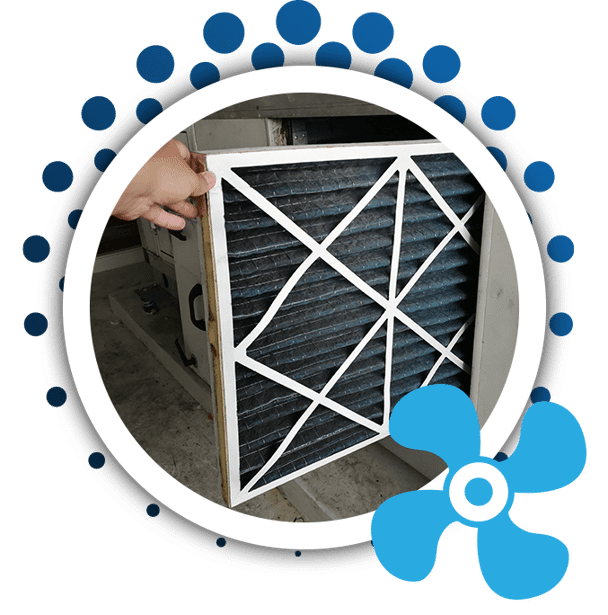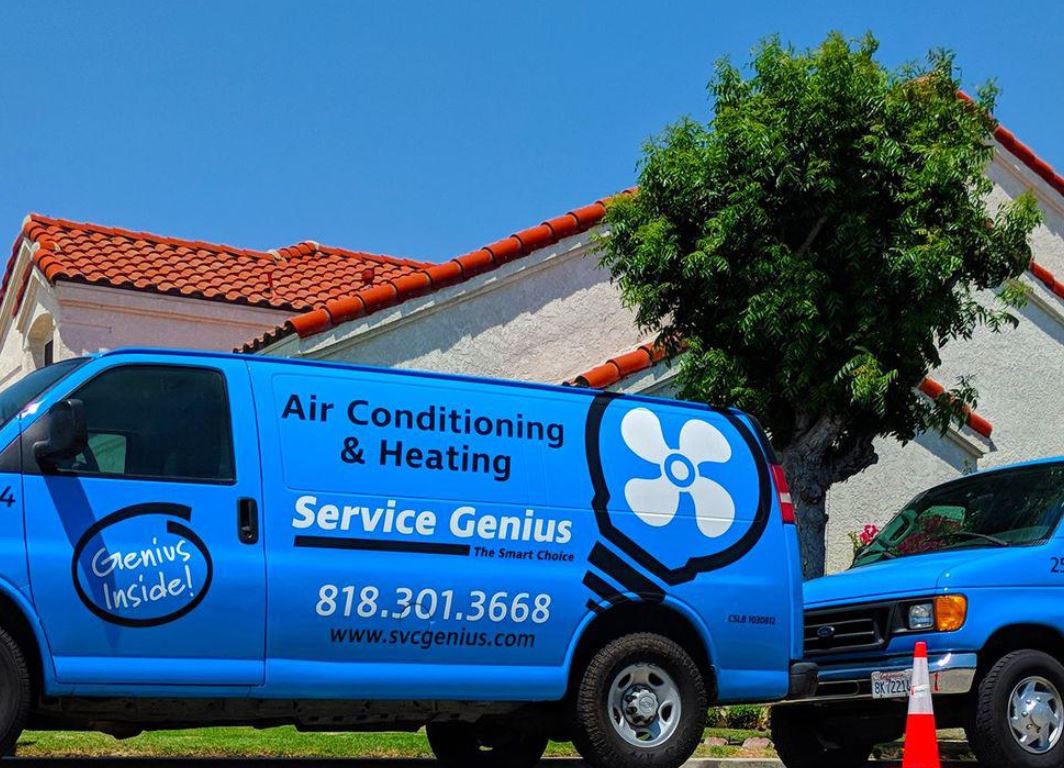The selection of an appropriately sized air conditioner significantly influences a home's energy efficiency and comfort. This article explores the crucial factors that guide this decision, providing a comprehensive understanding of air conditioner sizing. Detailed steps are delineated to assist homeowners in making an informed choice, fostering their sense of belonging by enabling them to create comfortable and energy-efficient living spaces. Understanding the Importance of Air Conditioner Sizing The significance of air conditioner sizing cannot be overstated, as proper sizing directly impacts the unit's efficiency, energy consumption, and overall performance in maintaining a comfortable indoor environment. Beyond merely cooling the spaces within homes or offices, correct air conditioner sizing contributes significantly to Sizing Efficiency. The term 'Sizing Efficiency' refers to how well an air conditioning system uses energy relative to its size. Cooling Capacity is another critical factor that intertwines with air conditioner sizing. This term denotes the ability of an air conditioning unit to remove heat from an area effectively. An undersized air conditioner may struggle to achieve desired temperatures on hot days and could have shortened life due to overwork. Conversely, an oversized unit can cycle on and off too quickly without properly dehumidifying the
This article delves into the intricate world of air conditioner maintenance, specifically focusing on cleaning techniques. It offers a comprehensive guide to understanding key components, providing meticulous step-by-step instructions for effective cleaning. Regular upkeep methods are further discussed to promote longevity and optimal functionality of these cooling units. The discourse aims to equip readers with indispensable knowledge for maintaining a comfortable indoor climate while fostering a sense of belonging within the HVAC community. Understanding the Components of Your Air Conditioner In order to effectively clean an air conditioner, it is crucial to first familiarize oneself with its various components and their respective functions. This involves understanding the air conditioner anatomy and the functionality of each component. The primary components include the compressor, condenser, evaporator, expansion valve, and air handler. The compressor pressurizes refrigerant gas to a high temperature while the condenser dissipates heat absorbed from the house and releases it outside. The evaporator absorbs heat from indoor air and cools it while the expansion valve monitors refrigerant flow into the evaporator. Understanding these parts enables one to identify which areas require thorough cleaning. For instance, accumulation of dust in the air handler can block airflow thereby
In the realm of home comfort, air conditioning systems play a pivotal role. However, their efficiency hinges on regular servicing—a topic often under-discussed. This article aims to shed light on the optimal frequency of air conditioner maintenance and provides valuable tips for maximizing system efficiency. It offers detailed explanations steeped in technical expertise, employing industry-specific terminologies designed to empower homeowners with knowledge about their cooling systems. Understanding the Importance of Regular AC Servicing Regular servicing of air conditioning units plays a crucial role in maintaining their efficiency and longevity, thereby proving its significance. This process involves the comprehensive inspection, cleaning, and adjustment of various components to ensure optimal performance. The benefits of regular servicing are numerous and include improved energy efficiency, extended equipment lifespan, reduced utility bills, enhanced indoor comfort levels and minimized risk of breakdowns. Furthermore, it provides an opportunity for early detection of potential issues which can be addressed through preventive measures. These preventive measures mitigate the probability of sudden system failures that often result in costly repairs or replacements. Regularly serviced units also operate more efficiently which leads to decreased energy consumption—contributing to environmental sustainability efforts. A sense of belonging is
In the arena of HVAC systems, a prevailing inquiry is whether repair or replacement of an air conditioner is more cost-effective. This study aims to dissect the financial implications associated with both strategies, focusing on long-term and immediate expenses. Through detailed analysis and technical comparisons, clarity will be provided for individuals grappling with this common dilemma in their pursuit of optimal home climate control and economic efficiency. Evaluating the Cost of Air Conditioner Repairs A thorough examination of the cost of air conditioner repairs necessitates a comprehensive analysis of factors such as the age and efficiency of the unit, frequency of previous repairs, and comparison with replacement costs. A primary consideration should be repair longevity; older units often require more frequent maintenance, thereby increasing ongoing expenses. Furthermore, HVAC systems operate at varying levels of efficiency. Older models may consume significantly more energy than their newer counterparts, leading to higher operational costs that must be accounted for in a cost effectiveness analysis. The frequency of previous repairs also plays a pivotal role in these evaluations; recurrent faults could indicate underlying issues that might warrant complete unit replacement rather than individual fixes. Lastly, it is crucial to
What Are the Benefits of a Programmable Thermostat? Research suggests that the use of programmable thermostats can lead to significant energy savings and enhanced convenience, contributing to both environmental conservation and individual comfort. This investigation will delve into the functionality of these devices, their potential for cost reduction and efficiency improvement, as well as the augmentation of comfort they provide. The aim is to highlight how programmable thermostats foster a sense of belonging in an increasingly energy-conscious society. Understanding the Functionality of Programmable Thermostats The functionality of programmable therapeutics is determined by their ability to adjust the temperature of a home or office according to pre-set schedules, thereby optimizing energy usage and reducing costs. This capability embodies the essence of thermostat programming basics, offering users an intelligent way to manage indoor climate while conserving energy. A smart thermostat comparison reveals a step further in sophistication. In addition to managing temperature schedules, these devices can learn from user behaviors over time, making automated adjustments that align with changing patterns of occupancy and preference. They are also capable of integrating with other smart home technologies, providing a cohesive ecosystem for efficient home management. Additionally, some models
Air conditioning systems, akin to the unsung heroes of comfortable interiors, often exhibit telltale signs when operating suboptimally. This article delineates common malfunctions in these units, identifies associated symptoms, and outlines appropriate responsive measures. It endeavors to equip readers with knowledge that fosters proactive engagement in maintaining their air conditioners' optimal performance, thus ensuring sustained indoor comfort. Understanding Common Air Conditioner Problems Common air conditioner problems often manifest as distinct signs such as unusual noises, reduced cooling efficiency, and frequent system cycles. These symptoms may indicate a variety of issues including mechanical malfunctioning, leakage or blockage in the refrigerant circuit, or electrical complications. Problem Diagnosis Techniques are essential tools for identifying these issues. For instance, acoustic analysis can detect abnormal sounds produced by the unit suggestive of possible mechanical issues. Thermographic analysis on the other hand measures variations in temperature throughout the system to identify inefficiencies or leaks. Preventive Maintenance Tips are also valuable for circumventing potential problems before they escalate into significant failures. Regular cleaning of filters and ducts can prevent blockage that might reduce cooling efficiency. Moreover, timely inspection and replacement of worn-out components can mitigate risks associated with mechanical breakdowns. Recognizing
Understanding the Seasonal Energy Efficiency Ratio (SEER) is crucial in evaluating the efficiency of air conditioning systems. This article provides an in-depth analysis of SEER, its importance, and how to interpret its ratings. The aim is to enhance readers' comprehension about energy-efficiency standards, enabling them to make informed decisions regarding their cooling system choices as part of a sustainable lifestyle. Understanding the Basics of SEER Understanding the basics of SEER necessitates a comprehension of its functionality as an acronym for Seasonal Energy Efficiency Ratio, which is commonly used to measure the efficiency of air conditioning systems. A critical point to note is that a higher SEER rating indicates greater efficiency. However, there exist certain misconceptions surrounding this system. One prevalent SEER misconception revolves around the notion that a unit with a higher ratio will always have superior performance. While it's true such units are more efficient in energy consumption, their effectiveness also relies considerably on proper installation and maintenance. SEER calculation methods employ a standardized test under specified conditions to determine ratings. The method involves measuring total cooling output over a typical cooling season divided by total electric energy input during the same period. This process
What Is a Ductless Mini-Split System What exactly is a ductless mini-split system? This article offers comprehensive insights into this innovative technology, exploring its functionality, benefits and installation process. With an increasing trend towards energy-efficient solutions in the heating and cooling industry, understanding ductless mini-split systems becomes essential. Read on to gain expert knowledge on these systems which are transforming indoor temperature control norms across residential and commercial settings. Understanding Ductless Mini-Split Systems Ductless mini-split systems, also known as ductless heat pumps or mini splits, are a type of heating and cooling system that does not require the use of air ducts. These systems consist of an outdoor compressor/condenser and one or more indoor air-handling units linked by a conduit which houses the power cable, refrigerant tubing, suction tubing, and a condensate drain. System efficiency is enhanced due to the absence of ductwork which often results in energy losses through leaks or conduction. A direct pathway from the outdoor unit to individual indoor units enables targeted temperature control for each room or zone within a building. This zonal approach contributes significantly to higher energy efficiency. The cost analysis of ductless mini-split systems
The lifespan of an air conditioning unit is a crucial factor in residential and commercial building management. It depends on various factors, including maintenance practices and operating conditions. This article examines these determining elements and provides tips for enhancing the longevity of such units. The aim is to facilitate optimal HVAC system performance, thereby promoting comfort and wellbeing within built environments. Understanding the Average Lifespan of an Air Conditioning Unit The average lifespan of an air conditioning unit, under optimal operating conditions and regular maintenance, typically ranges from 10 to 15 years. Understanding this lifespan requires a detailed examination of two primary factors: Unit Efficiency and AC Models. Unit Efficiency pertains to the capacity of the air conditioning unit to convert energy into cooling power effectively. The higher the efficiency rating, the longer the expected lifespan due to lesser wear on mechanical components caused by overworking. Regular preventive maintenance plays a vital role in maintaining this efficiency as it ensures that all parts are functioning optimally. On the other hand, AC models refer to different types and brands of air conditioners available in the market. Each model possesses unique specifications that impact its durability. For








